Many people worry about diseases when growing tomatoes at home, as they can not only affect the growth of the tomatoes but also the environment. In fact, it's not necessary to use fungicides when growing tomatoes at home. If the tomatoes are in a well-ventilated area with sufficient sunlight, and the soil is fertile and clean, with proper watering, fertilization, and care, the tomato plants can grow strong, with lush green leaves and healthy fruits. If there are no signs of disease, fungicides are not required. With proper growing techniques, tomatoes can thrive without the need for fungicides.
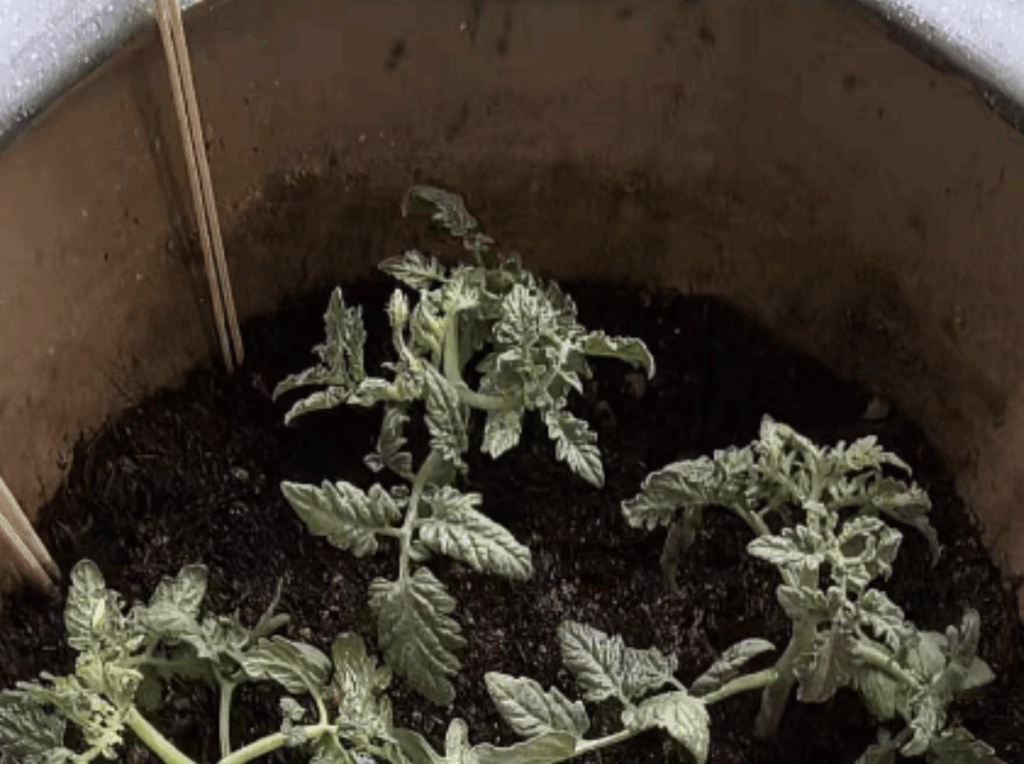
However, if tomatoes do get sick, such as developing brown spots on the leaves or rotting fruit, this is when fungicides come in handy. Common diseases like early blight, late blight, gray mold, and leaf mold can significantly reduce tomato yield and affect the taste of the fruit. In severe cases, the entire plant may wither or even die. Using fungicides correctly can help get rid of these pathogens and reduce the damage to the plant.
There are many types of fungicides for tomatoes, each effective against different diseases. There isn't a single "best" fungicide; it depends on the specific disease the tomato plant is facing. One commonly used fungicide is Mancozeb, which is versatile and can prevent many types of diseases. It can be used when tomatoes are not yet sick or when the first signs of disease appear. To apply, spray the solution evenly on the leaves, stems, and fruits, similar to watering the plant. Repeat spraying every few weeks. It disrupts the normal growth cycle of pathogens, preventing them from harming the tomatoes. Another option is Bactericide, which stays on the plant even when it rains and is effective against blights and other diseases. Regular spraying during the tomato plant's growth can prevent pathogen invasion.
Carbendazim is a systemic fungicide that is absorbed by the plant. Once applied, it works internally to combat fungal diseases such as gray mold and wilt disease. If the tomatoes have wilt disease, you can water the roots with a carbendazim solution, effectively treating the plant. For gray mold, you can spray the solution on the plant. Spraying periodically will inhibit the pathogen's cell division and growth.
Methylthiophanate is also a powerful fungicide that is absorbed by tomatoes. It is highly effective against leaf mold, anthracnose, and other fungal diseases. Start spraying at the early stages of disease, and repeat the process several times. Once inside the plant, it converts into carbendazim to combat the pathogens.
Imazalil is a biotechnologically derived fungicide, environmentally friendly and safe for humans and animals. It is specifically used for treating tomato damping-off disease. When you spot damping-off symptoms in tomatoes, you can either irrigate the roots or spray the plant with the solution. Reapply periodically, and it will destroy the pathogen’s cell walls, preventing the pathogen from surviving.
Cymoxanil can penetrate the plant tissues, making it effective against leaf mold, bacterial spot, and other diseases. When using this, mix the solution and spray periodically, as it will interfere with pathogen growth and prevent reproduction.
When using fungicides, it's essential to be cautious. Always follow the instructions carefully. Overuse of the chemical can harm the tomato plant, as if it's being given the wrong medication. To prevent pathogens from becoming resistant to a specific fungicide, it’s best to alternate between different fungicides. When applying fungicides, wear gloves and a mask, and avoid letting the chemicals come into contact with your skin or mouth. Also, remember to wait until the recommended time has passed before harvesting the tomatoes, ensuring they are safe to eat.

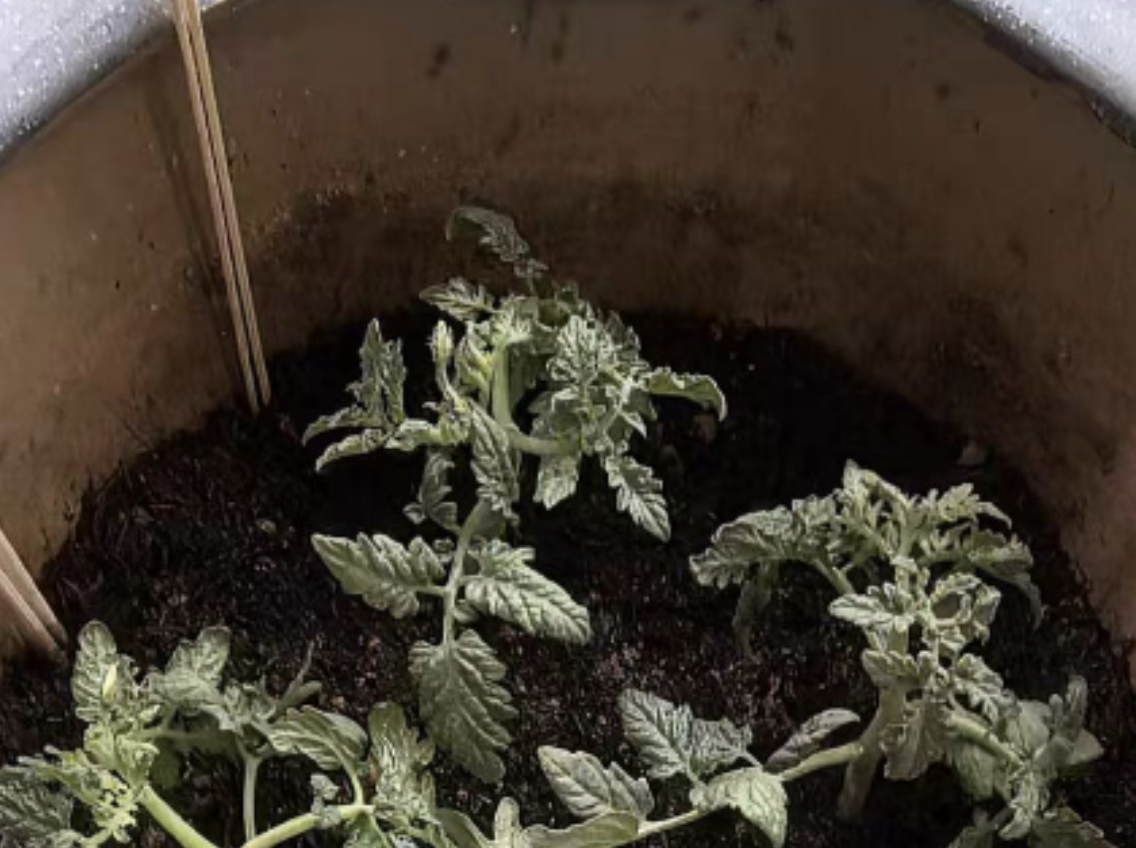
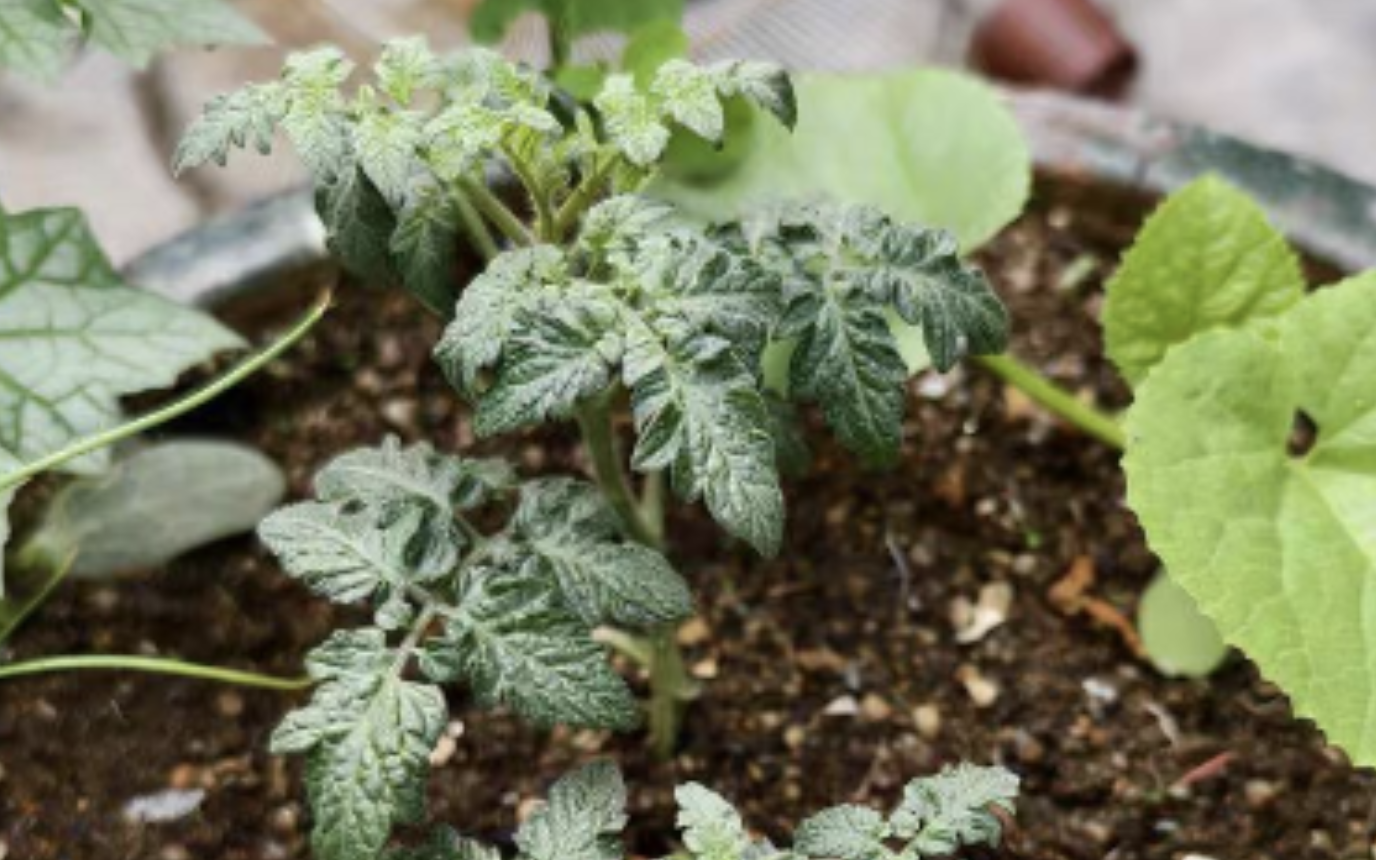
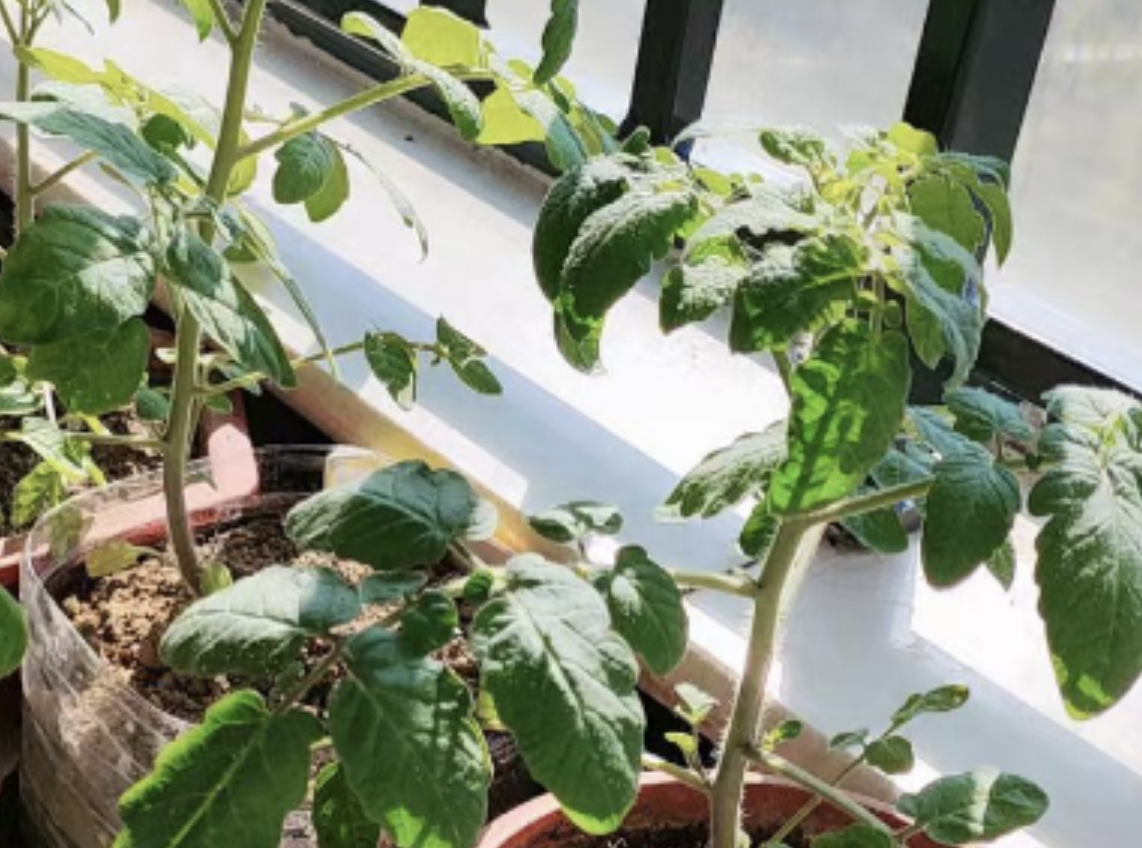
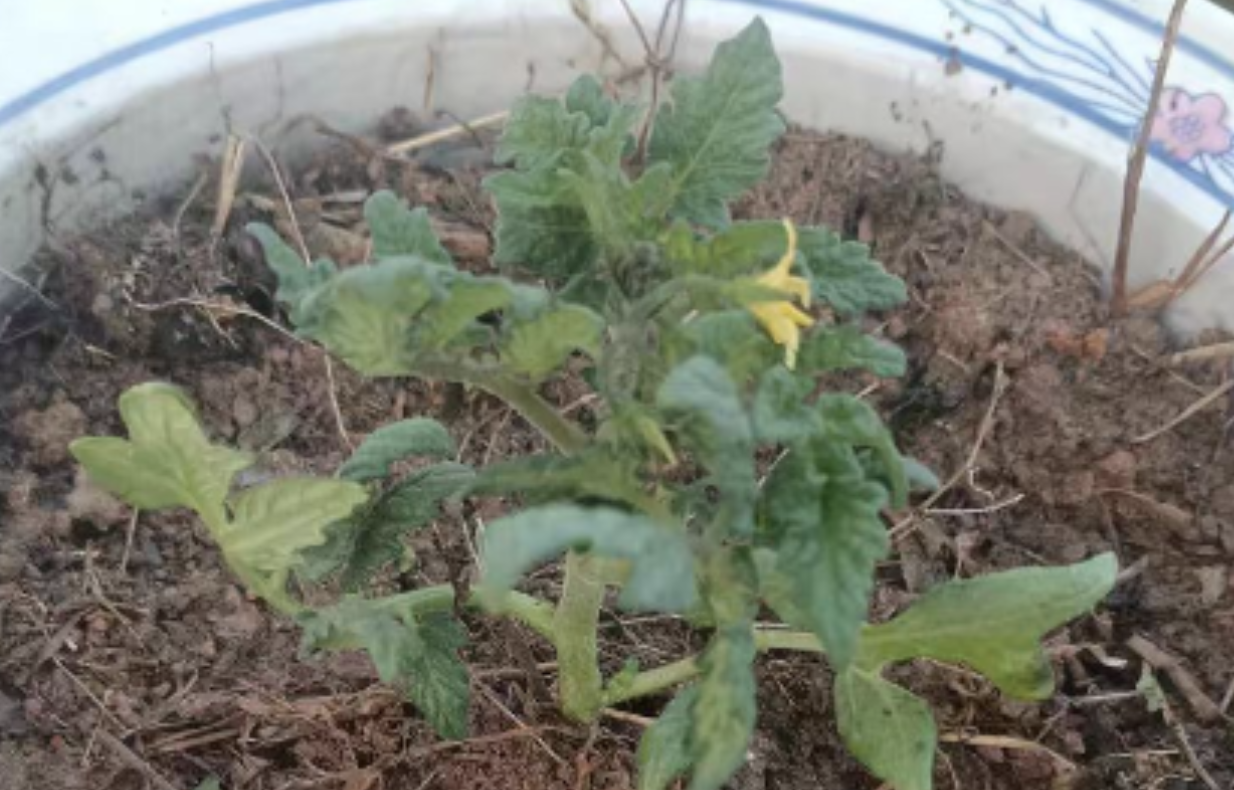
Leave a Reply